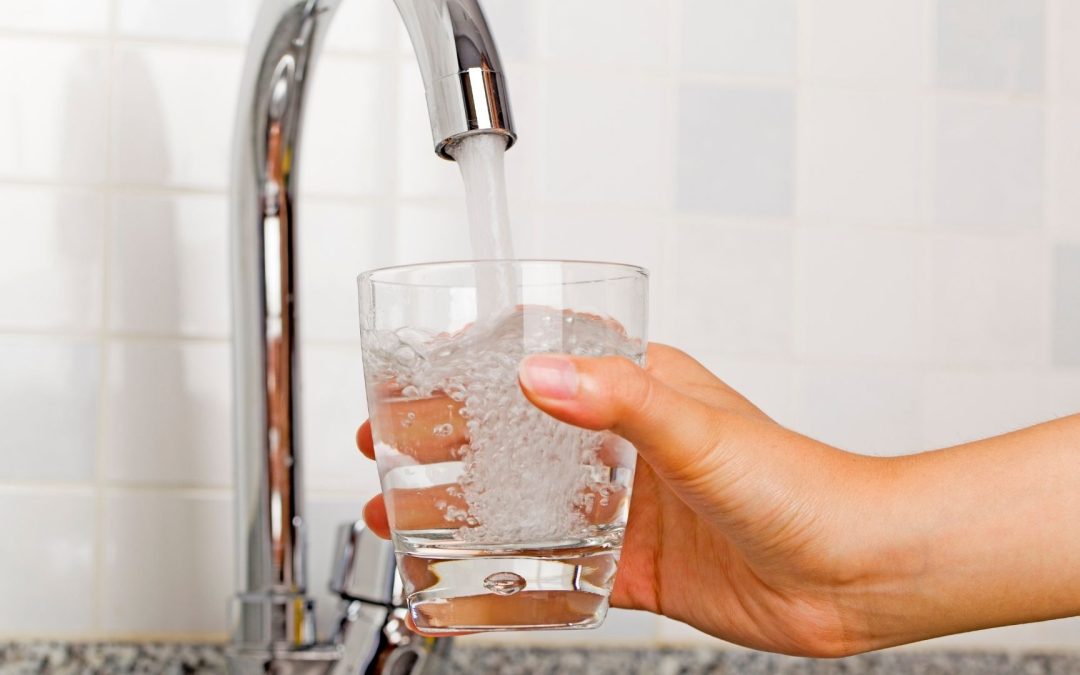Clean water is a critical requirement of life. However, there is no magic in its sources. It comes into human use from several different sources, such as aqueducts, watersheds, rivers, and dams. Indiana’s water is ground water. Indiana has more than 35,000 miles of rivers and streams, 100, 000 acres of public owned lakes and reservoirs, and 50 miles of Great Lakes shoreline.
As you can see, there are a lot of sources to pull from, including the White River. While water comes from streams, lakes, reservoirs, springs, and wells, the principal source for Indianapolis is the White River. In like manner, the river starts from glacial drift and bedrock, and is fed with runoff from other creeks, streams, and even Indianapolis streets.
What Affects the Water We Use?
Here are some factors that affect the quality and quantity:
- Rainfall
- Stream Flow
- Climate Change
- Water Storage
- Effects of Drought
Water Supply is Always a Big Question
During Drought:
Utilities pull and store water for customer use. With that in mind, when there are droughts, you need to have more available storage and you need more plants for that storage. Utilities Company Citizens Energy Group is predicting that by 2070 Marion County will need about 350 million gallons per day to be prepared for drought, 100 million more than the current capacity. To reach that goal, the utility plans to build about three new groundwater treatment plants and two surface treatment plants.
During Flooding:
The exact opposite problem is flooding. Flooding can bring soils and pollutants into the supply and make it harder to treat drinking water. Indianapolis’ White River has struggled with contamination for centuries. Billions of gallons of stormwater are filled with waste, plastics, pesticides, and more wash into the river from the streets of Indianapolis. Citizens Energy Group treats it with ultraviolet light at four of its treatment plants, an efficient method for purification. Unfortunately, many smaller towns can’t upgrade their systems and treatments due to costs.
Quality is Important
Hard Water – Problems and Solutions
Indianapolis and surrounding areas are known for having hard water. The simplest explanation of hard water is the amount of dissolved calcium and magnesium in the sample and here, there is a . high concentration of dissolved minerals. Hardness affects pipes and water quality. Some of the problems with high mineral content include:
- Low-Quality for Drinking
- Soap Scum on Fixtures
- Problematic Household Appliances
- Stiff or Rough Fabric
- High Utility Bills
- More Plumbing Repairs Needed
There are two ways to combat the situation. The best options are to install a water softener or a reverse water osmosis system. The softener system works with a saltwater solution. The reverse osmosis system strips hard minerals through a semipermeable lining. Both are effective. However, the reverse osmosis system is generally a more expense route.
But What About Pipes?
Corroded pipes can cause consumer supplies issues as well. You can check water quality visually, by taste, or by odor. The way to accurately identify quality is by testing it. The testing will also identify the minerals contained in the sample, which includes particles from pipe corrosion.
For that reason, make sure your water pipes are in good shape! Replace old, corroded, or contain out-of-date materials. Today pipes are used that are copper, PVC or PEX, or galvanized steel. It is especially important to replace any pipes containing lead. With that in mind, you need the expertise of professionals.
Fite Plumbing pays attention to water, the quality, and how it gets to you, your family, and your business. We know local supply conditions and are here to help keep your supply flowing and healthy. You can call us at 317-271-5400 or visit us on the web at https://www.fiteplumbing.com/. We’ve been servicing Indianapolis and surrounding areas for decades.
Are you on Facebook? We are, too. Let’s be friends!


